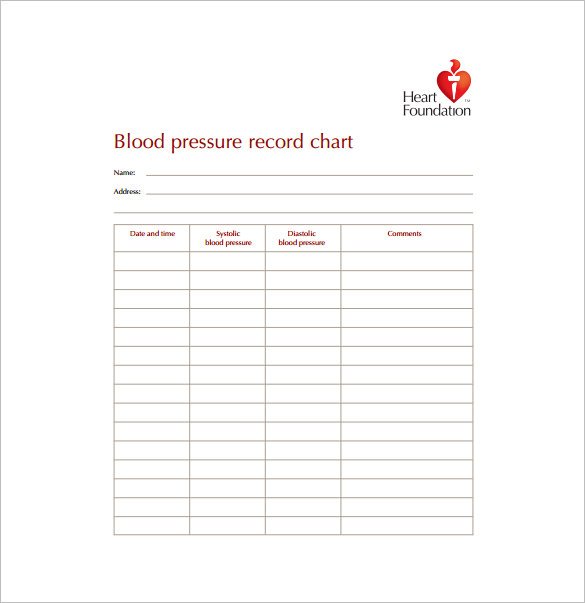

HBPM is a self-monitoring tool where patients use commercially available instruments to measure and record their BPs. ABPM uses a device worn on the patient's arm to record BP at 15- or 30-minute intervals for 24 to 48 hours during routine daily activities and sleep. Emphasis on accuracy of BP measurements: Both guidelines recommend office blood pressure (BP) measurement on repeated visits and ambulatory blood pressure monitoring (ABPM) or home blood pressure monitoring (HBPM) to confirm the diagnosis of hypertension (Class I).Principal Areas of Agreement Between American and European Guidelines In this review, we will discuss the common features and explore some of the major differences between the guidelines.

3,4 Although there are key differences between these guidelines, it is important to acknowledge that there is also much overlap. While professional medical societies have developed many hypertension guidelines, two well-established documents from North America and Europe are the 2017 American College of Cardiology (ACC)/American Heart Association (AHA) and 2018 European Society of Cardiology (ESC)/European Society of Hypertension (ESH) guidelines. Given the importance of hypertension management to reduce cardiovascular (CV) morbidity and mortality, clinical guidelines have been established to provide a framework to guide clinicians in the diagnosis and treatment of this condition. Hypertension is the leading cause of death, premature morbidity, and disability-adjusted life years worldwide and a primary risk factor for coronary artery disease (CAD), cerebrovascular disease (CeVD), heart failure (HF), chronic kidney disease (CKD), and dementia.


 0 kommentar(er)
0 kommentar(er)
